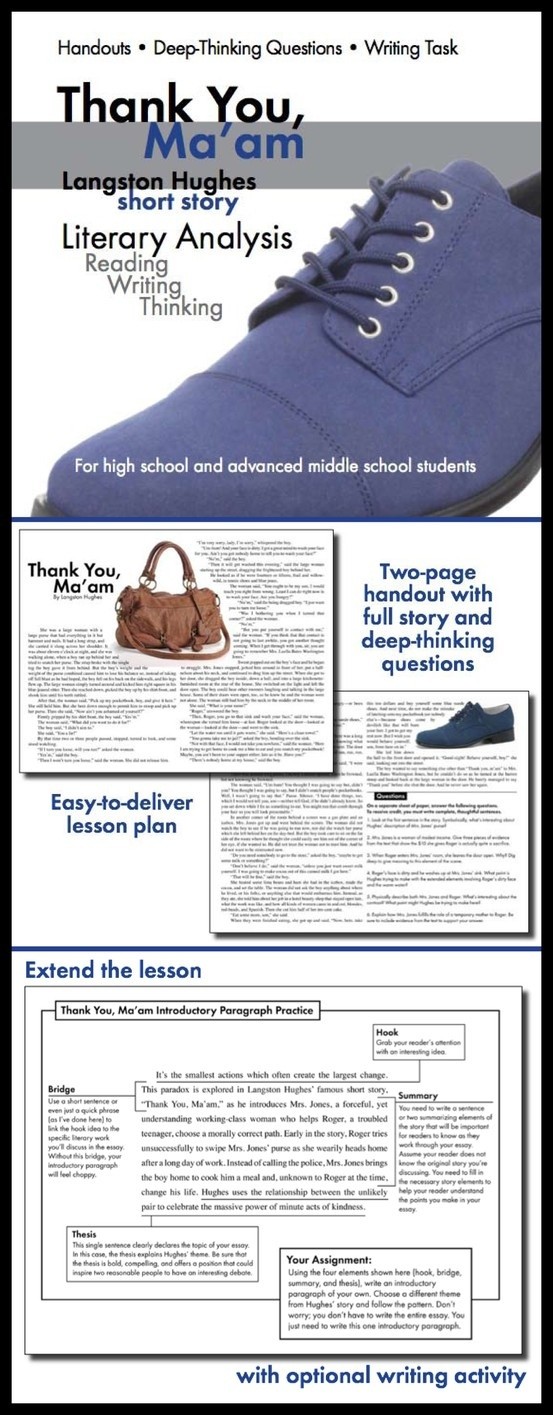The History of a Powerful Paragraph
Post on: 16 Март, 2015 No Comment

/media/images/common/region.gif /%
Section 13(3) enacted Fed business loans 76 years ago
When the Federal Reserve Board authorized the Federal Reserve Bank of New York to lend $29 billion to JPMorgan Chase in connection with its purchase of Bear Stearns, much was written about why the Federal Reserve took such an action, and appropriately so. That discussion will likely ensue for many years. However, little attention was focused on how the Federal Reserve was able to take such action; that is, by what legal authority did the Federal Reserve intervene in the business of a nonbank (in this case an investment firm).
The broad answer to that question is the obvious onethe Federal Reserve Act provides such authority. The specific answer is Section 13 paragraph 3 of the Act, which begins: In unusual and exigent circumstances, the Board of Governors of the Federal Reserve System, by the affirmative vote of not less than five members, may , and then theres a lot of technical language which essentially means that the Federal Reserve can lend money to any individual, partnership, or corporation, as long as certain requirements are met.
And with that paragraph comes a story. However, its a rather long story, and one that weve already told in the Region magazine, so were going to give you the executive summary here and direct you to our online archives and the December 2002 issue where we explored the history of this lending authority in greater length (Lender of More Than Last Resort ).
When describing the Federal Reserves response to the Bear Stearns episode, observers have used words like extraordinary and unprecedented. And thats true, to a point; namely, this is the first time the Federal Reserve has used this power since the Federal Reserve Act was amended in 1991 (see below). But its not the first time that Federal Reserve banks have made loans to businessesall types of businesses, not just those related to the financial services industry. It wont surprise you to learn that these loans began during the Great Depression, but they also continued for nearly 20 years.
This isnt simply a story about extraordinary measures taken long ago that have no meaning for today. Rather, its a story about the long-standing debate about the nature and purpose of Federal Reserve banks. In that regard, this story ultimately gets to the heart of the why question regarding the Federal Reserves recent actions.
Here are key legislative dates and related events:
1932
1933

1934
Industrial Advances Act: Added Section 13(b) to the Federal Reserve Act, allowing Federal Reserve district banks to make advances of working capital to established businesses if these enterprises were unable to find such capital from usual sources. These loans were made either in partnership with a commercial bank or directly to a business, with maturities up to five years and no loan limits.
Nearly $280 million, or about 0.43 percent of gross national product, with each district apportioned a fraction, was made available for loans to businesses from Federal Reserve banks.
Through 1935, 1,993 loans totaling about $124.5 million met with Reserve bank approval. The following year, 287 loans were approved, and 126 in 1937.
Section 13(b) would reap its largest single-year total in 1942, when war production spurred over $128 million in loans.














